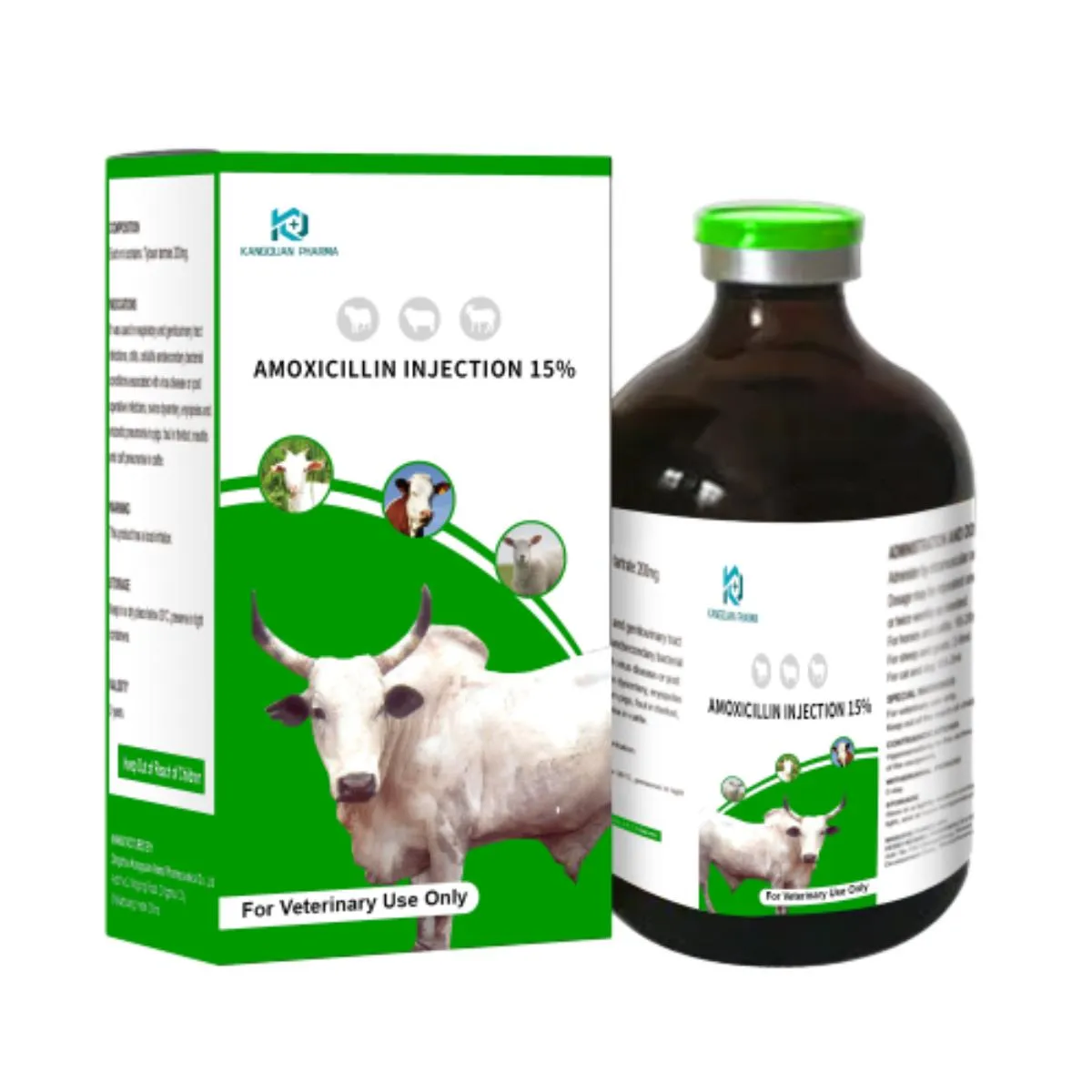- Afrikaans
- Albanian
- Amharic
- Arabic
- Armenian
- Azerbaijani
- Basque
- Belarusian
- Bengali
- Bosnian
- Bulgarian
- Catalan
- Cebuano
- Corsican
- Croatian
- Czech
- Danish
- Dutch
- English
- Esperanto
- Estonian
- Finnish
- French
- Frisian
- Galician
- Georgian
- German
- Greek
- Gujarati
- Haitian Creole
- hausa
- hawaiian
- Hebrew
- Hindi
- Miao
- Hungarian
- Icelandic
- igbo
- Indonesian
- irish
- Italian
- Japanese
- Javanese
- Kannada
- kazakh
- Khmer
- Rwandese
- Korean
- Kurdish
- Kyrgyz
- Lao
- Latin
- Latvian
- Lithuanian
- Luxembourgish
- Macedonian
- Malgashi
- Malay
- Malayalam
- Maltese
- Maori
- Marathi
- Mongolian
- Myanmar
- Nepali
- Norwegian
- Norwegian
- Occitan
- Pashto
- Persian
- Polish
- Portuguese
- Punjabi
- Romanian
- Russian
- Samoan
- Scottish Gaelic
- Serbian
- Sesotho
- Shona
- Sindhi
- Sinhala
- Slovak
- Slovenian
- Somali
- Spanish
- Sundanese
- Swahili
- Swedish
- Tagalog
- Tajik
- Tamil
- Tatar
- Telugu
- Thai
- Turkish
- Turkmen
- Ukrainian
- Urdu
- Uighur
- Uzbek
- Vietnamese
- Welsh
- Bantu
- Yiddish
- Yoruba
- Zulu
10 月 . 22, 2024 11:45 Back to list
Uses and Benefits of Florfenicol in Veterinary Medicine
Understanding Florfenicol Uses and Applications in Veterinary Medicine
Florfenicol is a synthetic antibiotic that belongs to the class of phenicols, which has been widely utilized in veterinary medicine for over two decades. It was first introduced in the 1990s, primarily for its effective antimicrobial properties against a broad range of bacteria. This article will provide an overview of what florfenicol is used for, highlighting its main applications in veterinary contexts, while also touching on its mechanism of action, benefits, and considerations.
Mechanism of Action
Florfenicol works by inhibiting bacterial protein synthesis. It binds to the 50S subunit of the bacterial ribosome, preventing the formation of peptide bonds, which are essential for protein synthesis. This action ultimately leads to the disruption of bacterial growth and reproduction, making florfenicol bacteriostatic. Unlike some antibiotics that are bactericidal (kill bacteria), florfenicol stops bacteria from multiplying, allowing the host's immune system to eliminate the infection more effectively.
Primary Uses in Veterinary Medicine
Florfenicol is primarily used in livestock and aquaculture
. Here are some of its main applications1. Respiratory Infections in Cattle One of the most common uses of florfenicol is in treating bovine respiratory disease (BRD), a condition often caused by a mix of viral and bacterial pathogens. The antibiotic is effective against important pathogens such as Mannheimia haemolytica and Pasteurella multocida, which are frequently associated with BRD. By treating these infections, farmers can reduce economic losses due to illness in their herds.
2. Swine Diseases In pigs, florfenicol is used to control several bacterial infections, including swine respiratory disease (SRD) and footrot. Its effective action helps maintain the health of the swine population and supports the productivity of pig farming.
what is florfenicol used for

3. Aquaculture Over the years, florfenicol has gained prominence in the aquaculture industry for treating bacterial infections in fish. Species such as catfish are susceptible to diseases caused by bacteria like Edwardsiella ictaluri and Aeromonas hydrophila. In aquaculture, timely treatment is crucial as infections can spread rapidly, impacting fish health and the viability of fish farming operations.
4. Poultry Some studies have also explored the use of florfenicol in poultry, particularly for controlling respiratory and systemic infections. Although its use in chickens is less common, it remains an option in certain scenarios where other treatment modalities are ineffective.
Benefits of Florfenicol
Compared to other antibiotics, florfenicol offers several benefits. Its broad-spectrum efficacy allows it to be effective against a wide range of pathogens. Furthermore, florfenicol is known for its excellent tissue distribution, which means it can reach and maintain therapeutic levels in infected tissues for extended periods. This is particularly useful in livestock, where effective treatment can often hinge on achieving adequate drug levels within the body.
Additionally, florfenicol has a lower tendency to induce antibiotic resistance compared to some other antibiotics, making it a valuable option in managing bacterial infections in food animals. Its unique properties also enable its use in circumstances where other drugs may fail or become ineffective due to bacterial resistance.
Considerations and Conclusion
Despite its many benefits, the use of florfenicol is not without considerations. Potential side effects include allergic reactions and gastrointestinal disturbances, although these are relatively rare. Usage guidelines must be strictly adhered to, particularly concerning withdrawal times before slaughter to ensure food safety.
In conclusion, florfenicol has established itself as a crucial tool in veterinary medicine. Its application in treating respiratory infections in cattle, swine, and aquaculture highlights its importance in maintaining animal health and productivity. However, as with any antibiotic, responsible use is essential to combat the overarching challenge of antibiotic resistance. By understanding the role of florfenicol and employing it judiciously, the veterinary field can continue to safeguard animal welfare and ensure the health of livestock across various industries.
-
The Power of Radix Isatidis Extract for Your Health and Wellness
NewsOct.29,2024
-
Neomycin Sulfate Soluble Powder: A Versatile Solution for Pet Health
NewsOct.29,2024
-
Lincomycin Hydrochloride Soluble Powder – The Essential Solution
NewsOct.29,2024
-
Garamycin Gentamicin Sulfate for Effective Infection Control
NewsOct.29,2024
-
Doxycycline Hyclate Soluble Powder: Your Antibiotic Needs
NewsOct.29,2024
-
Tilmicosin Premix: The Ultimate Solution for Poultry Health
NewsOct.29,2024













